Rediscovering the Past, Present and Future
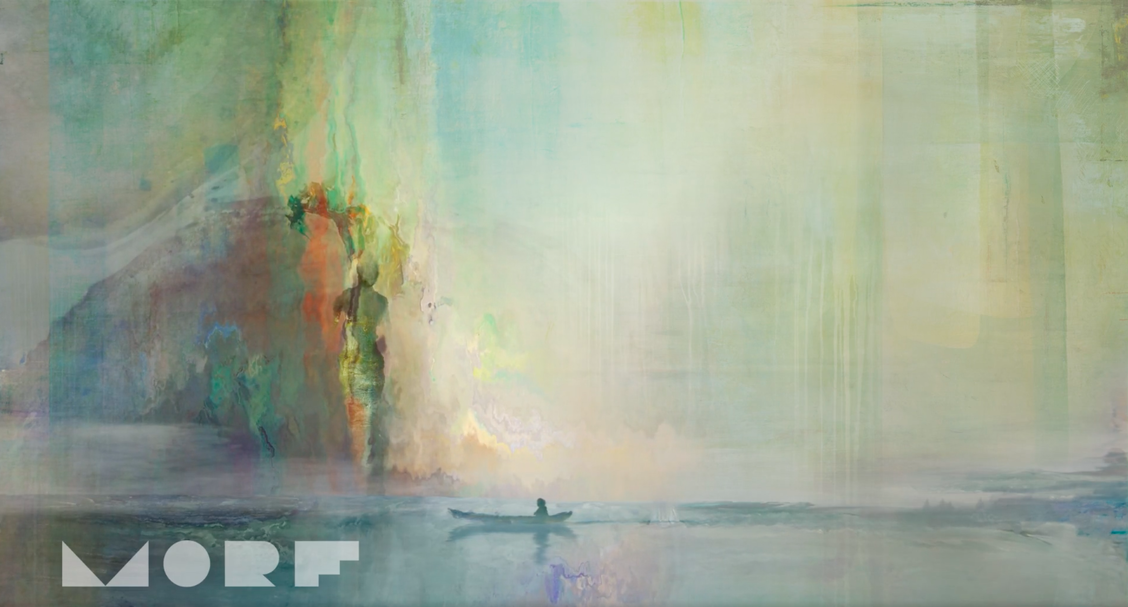
Machina Infinitum, Intersecting Dimensions, Fractals and VFX
With the rise of modern technology and artificial intelligence (A.I.), the connotation of art has also witnessed a grand revolution. Escaping from the boundaries of the static, the art of today is immersive, transportable, and encapsulates infinite possibilities. Indeed, defying the limits of artistic creation is a theme which the six artists from the MORF Gallery featured by FOCUS this week endeavour to probe. Soon to be featured at the Focus Art Fair taking place at the Louvre in September, these artists bring forth to the viewer fascinating displays of vivid dreamscapes and mesmerising hallucinations through their exploration of state-of-the-art mediums.
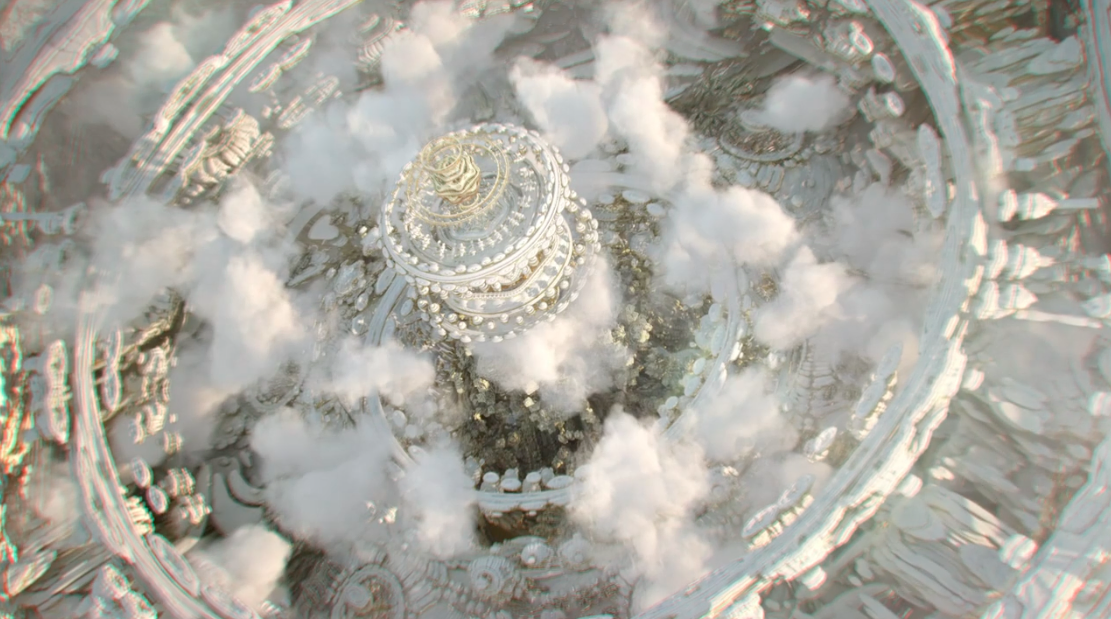
Steve Matson, Odyssey
Artists Steve Matson, and the dynamic duo ‘Machina Infinitum’ harness the power of artificial intelligence by creating digital artworks that are in motion. The works of Matson are not just images, they are immersive experiences in which the viewer finds themselves transported to another reality. Created with a combination of traditional painting, cinematography, and digital effects, his works such as ‘Odyssey’ depicts other-worldly scenes with ever-morphing shapes and colours. Likewise, the duo ‘Machina Infinitum’ also creates complex universes with 3D art. They draw on their own backgrounds as fractal and VFX artists in their artwork ‘Intersecting Dimensions’ — a futuristic, mesmerising masterpiece that defies the limitations of scale, time, and meaning.
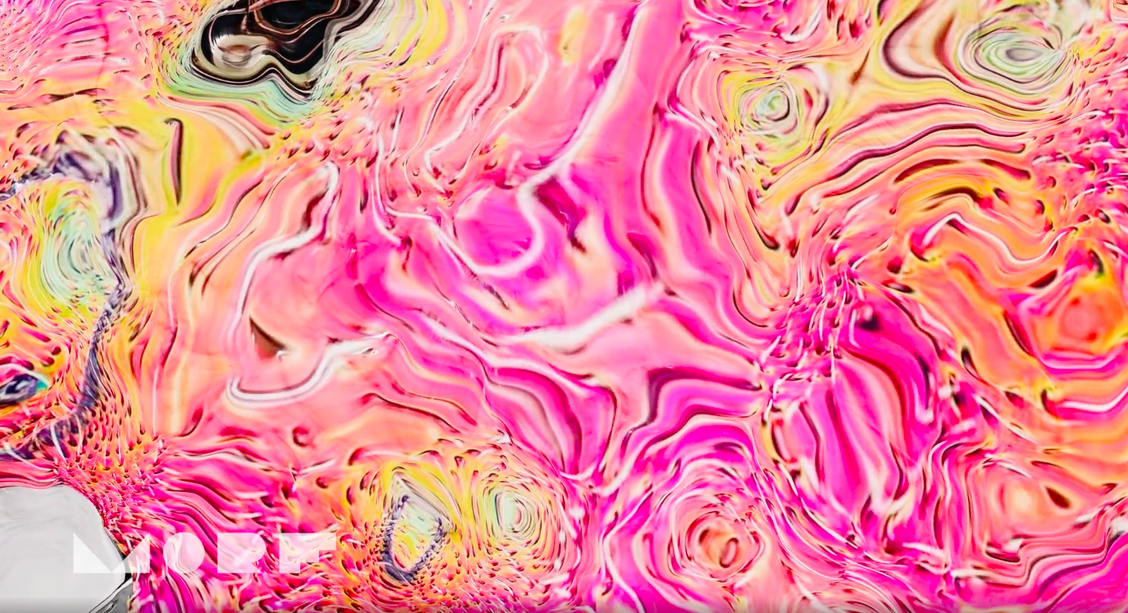
Kevin Mack, Gala Nisha Raha 3
Although working with a digital medium, artists Kevin Mack, Daniel Ambrosi and Pindar Van Arman are inspired by natural phenomena and the human experience. In his own words, Mack believes that “the abstract is the universal language of consciousness, nature, and reality itself”. Indeed, his artwork series ‘Gala Nisha Raha’ combines these three elements by alluding to neurology. In ‘Gala Nisha Raha 3’, the viewer is presented with a scene almost from under the microscope - we stare as the fluid shapes, reminiscent of cell clusters, shapeshift and evolve. Like Mack, Ambrosi and Van Arman also create new realities by depicting vivid dreamscapes. In Ambrosi’s ‘Hi Ute Ranch Abstract Dream’, the looping video, zooming in on the colourful brush strokes, traps the viewer in a perpetual dream-like state, as if mimicking our subconscious minds. Similarly hallucinatory, the works of Van Arman display morphing neon colours which disperse and momentarily condense to take the form of certain shapes. In ‘Quantum Skull’, a robot-painted artwork, we become absorbed by the movement of the materialising colours that emerge before our very eyes.
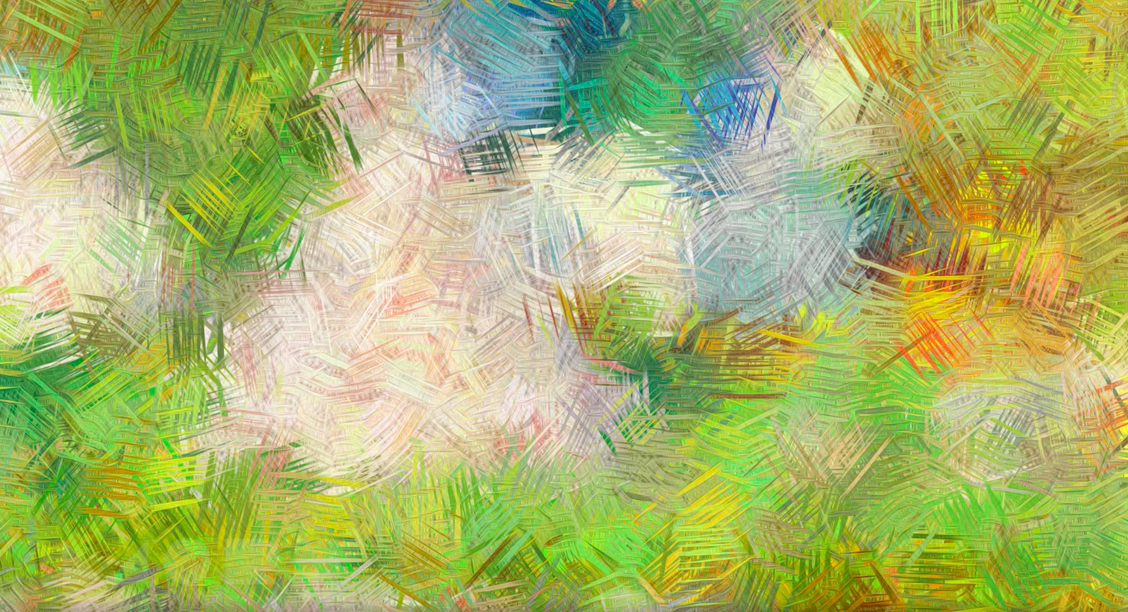
Daniel Ambrosi, Hi Ute Ranch Abstract Dream
Artificial intelligence comes with connotations of futurism and the abstract. Yet, the artist team, ‘Oxia Palus’ takes on a unique approach to state-of-the-art technologies, and harnesses the power of A.I. through the reconstruction of lost art. Although coming from different backgrounds, the Oxia Palus team are motivated to resurrect pieces of art that have been lost in the past. Through extensive researching skills as well as the use of technology such as spectroscopic imaging and 3D printing, the artists have managed to identify several lost masterpieces, such as hidden paintings of Modigliani and Leonardo Da Vinci. By recovering these paintings which were forgotten throughout time, the artists are not only reviving a work of art — but more importantly they are bringing back to life a piece of cultural history.
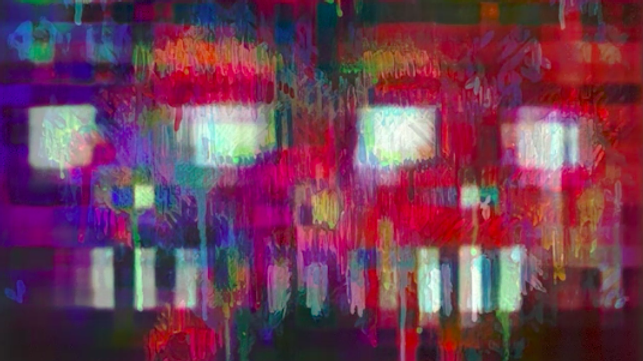
Pindar Van Arman, Quantum Skull
Written by Rose Wei